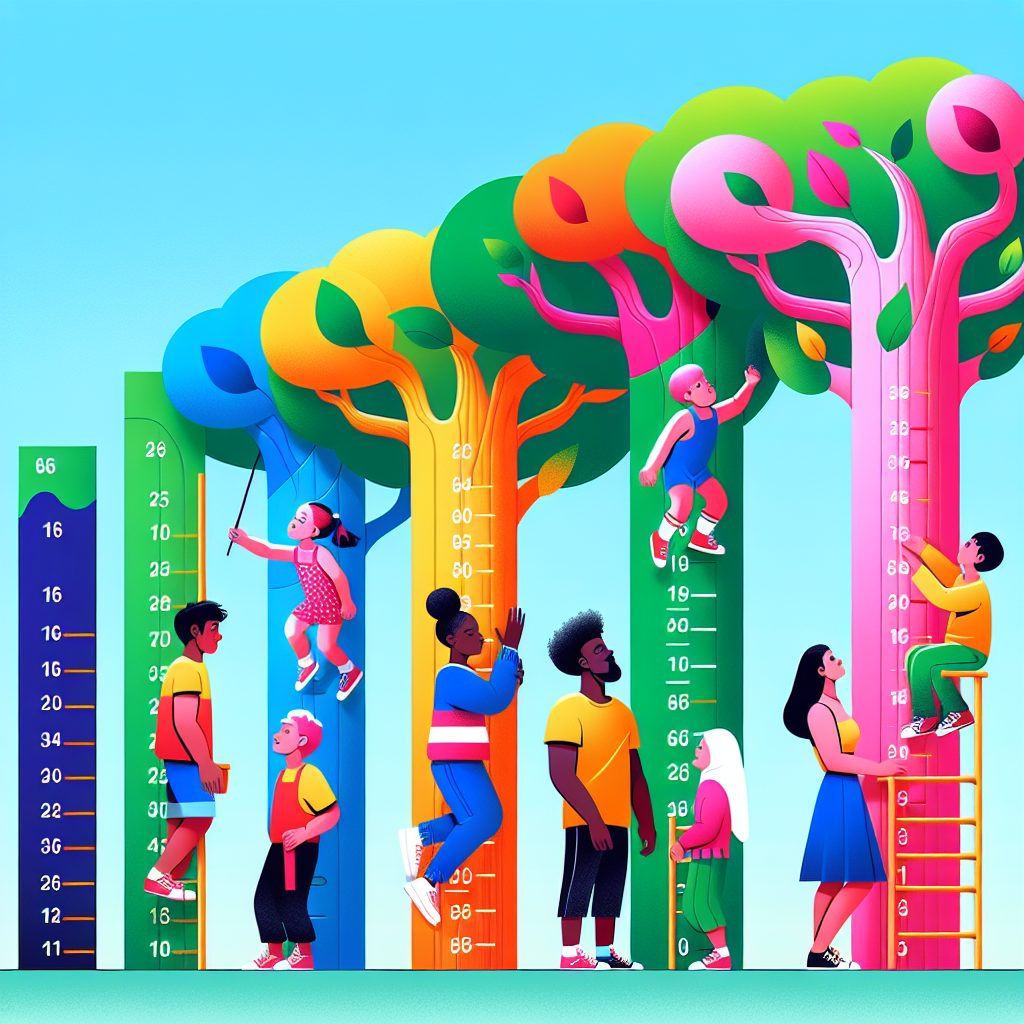
Understanding the Illusion of Finality
In the dynamic world of entrepreneurship, the concept of finality often misleads individuals into believing that success is a destination reached or that failure is an insurmountable ending. This article delves into why the idea of finality is an illusion in the business landscape and how entrepreneurs can cultivate resilience, adaptability, and continuous growth to overcome this mindset.
The Myth of Finality in Success and Failure
Success Is Not Final
The saying “success is not final” is a profound reminder that achievements are not permanent. Success in business is a moving target, with each accomplishment setting the stage for new challenges and opportunities.
The Complacency Trap
Businesses that become complacent after achieving success may fail to innovate or respond to market changes. The fall of Kodak, a giant in the photography industry, is a prime example. Despite inventing the digital camera, they clung to film, which led to their downfall when digital technology prevailed.
Evolution of Success
Success must evolve alongside the company and the market. Microsoft, for example, has continually adapted its products and services over decades, maintaining relevance in a rapidly changing tech landscape.
Success as a Springboard
Viewing success as a springboard for future endeavors is crucial. Salesforce, through its continuous evolution and expansion into new markets, demonstrates how leveraging success can lead to greater heights.
Failure Is Not Fatal
Failure is often stigmatized, yet it is a natural part of the entrepreneurial process. It offers rich learning experiences and the chance to come back stronger.
Embracing Failure
By embracing failure, entrepreneurs can foster innovation and risk-taking. Dyson, known for its vacuum cleaners, went through thousands of failed prototypes before achieving success, proving the value of perseverance.
Analyzing and Learning from Failure
Learning from failure is about analyzing what went wrong and what can be improved. The story of Nintendo’s Virtual Boy highlights the importance of learning from unsuccessful products to create future hits like the Wii.
Failure as Feedback
Failure should be seen as feedback, not a setback. Spanx founder Sara Blakely attributes her success to her positive attitude towards failure, which she views as a not-yet-success.
Embracing Continuous Growth
The Importance of a Growth Mindset
Having a growth mindset is about believing in the potential for development and improvement, which is essential for entrepreneurs.
Foundations of a Growth Mindset
A growth mindset is built on the notion that skills and intelligence can be developed. Entrepreneurs like Elon Musk exemplify this mindset, continuously pushing the boundaries of what’s possible in various industries.
Growth Mindset in Leadership
Leaders with a growth mindset inspire their teams to strive for improvement and embrace challenges. This can create a culture of continuous innovation, as seen in companies like Google.
Overcoming Obstacles with a Growth Mindset
A growth mindset equips entrepreneurs to overcome obstacles and view them as opportunities to grow. J.K. Rowling, before becoming a bestselling author, saw her early rejections as chances to improve her work.
Continuous Learning and Adaptation
The ability to learn and adapt is critical for staying competitive and agile in the ever-changing business environment.
Staying Current with Industry Trends
Entrepreneurs must keep up with the latest industry trends to anticipate changes and opportunities. Amazon’s venture into cloud computing with AWS is a testament to the power of staying ahead of market trends.
The Role of Feedback in Adaptation
Actively seeking and applying feedback can drive improvement and innovation. Pixar’s success is partly due to its culture of candid feedback, which helps refine its films.
Pivoting as a Form of Adaptation
Sometimes, adapting means pivoting the business model. Twitter, originally a podcasting platform called Odeo, pivoted to microblogging after recognizing the rise of a competitor, Apple’s iTunes.
Practical Strategies for Continuous Growth
Entrepreneurs can adopt practical strategies to ensure they continue to grow and avoid the illusion of finality.
Seek Mentorship and Advice
Surrounding oneself with mentors and advisors who have navigated the entrepreneurial journey can provide invaluable insights and guidance.
Invest in Personal Development
Attending workshops, reading books, and taking courses can help entrepreneurs enhance their skills and knowledge, keeping them on the cutting edge.
Encourage a Culture of Innovation
Creating an environment where creativity and experimentation are valued can lead to disruptive ideas and solutions, driving growth and success.
Set Incremental Goals
By breaking down the vision into smaller, achievable objectives, entrepreneurs can maintain momentum and make consistent progress toward their larger goals.
The Role of Critical Thinking in Navigating Finality
Analyzing Successes and Failures
Critical thinking is crucial for entrepreneurs to objectively evaluate their successes and failures and to navigate the illusion of finality effectively.
Breaking Down Successes
It’s important to dissect successful outcomes to understand the factors that contributed to them and how they can be replicated or improved upon in the future.
Learning from Every Angle
Looking at successes from multiple angles can help identify areas that may be vulnerable to market changes, allowing entrepreneurs to proactively address potential weaknesses.
Deconstructing Failures
When faced with failure, critical thinking aids in pinpointing the root causes and learning from the missteps to build a stronger foundation for future endeavors.
Developing Critical Thinking Skills
Entrepreneurs can cultivate critical thinking skills that will help them make informed decisions and navigate the complexities of business.
Ask Probing Questions
Questioning assumptions and seeking deeper understanding can reveal new opportunities and areas for improvement.
Evaluate Multiple Perspectives
Considering a range of viewpoints can lead to more balanced and comprehensive decision-making, reducing the risk of oversight or bias.
Reflect on Experiences
Regular reflection on past experiences, both positive and negative, can help identify patterns and inform future strategies.
Embrace Constructive Criticism
Welcoming and utilizing constructive criticism can provide fresh insights and open up new avenues for growth and innovation.
Real-World Examples of Overcoming Finality
The Story of Slack
Slack’s transition from a gaming company to a leading collaboration tool is a powerful example of how businesses can pivot and transform apparent failure into monumental success.
The Initial Vision
Tiny Speck, the original company behind Slack, had a vision for an innovative online game, which did not take off as planned.
Recognizing a Hidden Opportunity
The team’s ability to recognize the potential of their internal communication tool, amidst the failure of their game, was pivotal to Slack’s creation and subsequent success.
Slack’s Impact Today
Slack has become an essential tool for teams worldwide, illustrating how a change in direction can lead to industry-changing outcomes.
The Evolution of Instagram
Instagram’s journey from a feature-cluttered app to a streamlined photo-sharing platform reveals the importance of adaptability and responsiveness to user feedback.
Burbn’s Complexity
Initially, Burbn was too complex, with many features that diluted its core value proposition, hindering user engagement.
A Strategic Pivot
By focusing solely on photo sharing and streamlining the user experience, Instagram was able to capture and retain a massive user base.
Instagram’s Cultural Influence
Instagram’s success story underscores the power of understanding market needs and the willingness to adapt, which has made it a cultural phenomenon and a staple in social media.
Conclusion
The illusion of finality can be a significant barrier to growth and success in the startup world. By acknowledging that success is not a permanent state and failure is not the end, entrepreneurs can foster a mindset of resilience and adaptability. Embracing continuous learning, critical thinking, and the willingness to pivot are key strategies for overcoming the illusion of finality. Every challenge presents an opportunity for growth, and every success lays the groundwork for future challenges. Stay curious, adaptable, and always move forward with the knowledge that the entrepreneurial journey is a continuous path of learning and evolution.
Further Reading and Resources
- Books: “Mindset: The New Psychology of Success” by Carol Dweck, “The Lean Startup” by Eric Ries
- Articles: “The Importance of a Growth Mindset for Entrepreneurs” on Forbes, “Why Startups Fail” on Harvard Business Review
- Online Courses: “Entrepreneurship: Launching an Innovative Business” on Coursera, “Critical Thinking for Business” on LinkedIn Learning
Understanding the illusion of finality is not just a philosophical exercise; it’s a practical approach to navigating the highs and lows of the entrepreneurial journey. Embrace it, and you’ll be better equipped to turn every challenge into an opportunity for growth.




